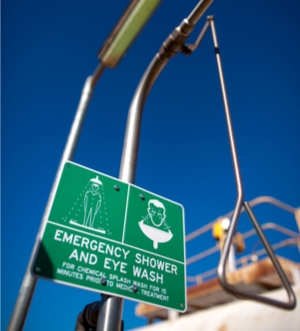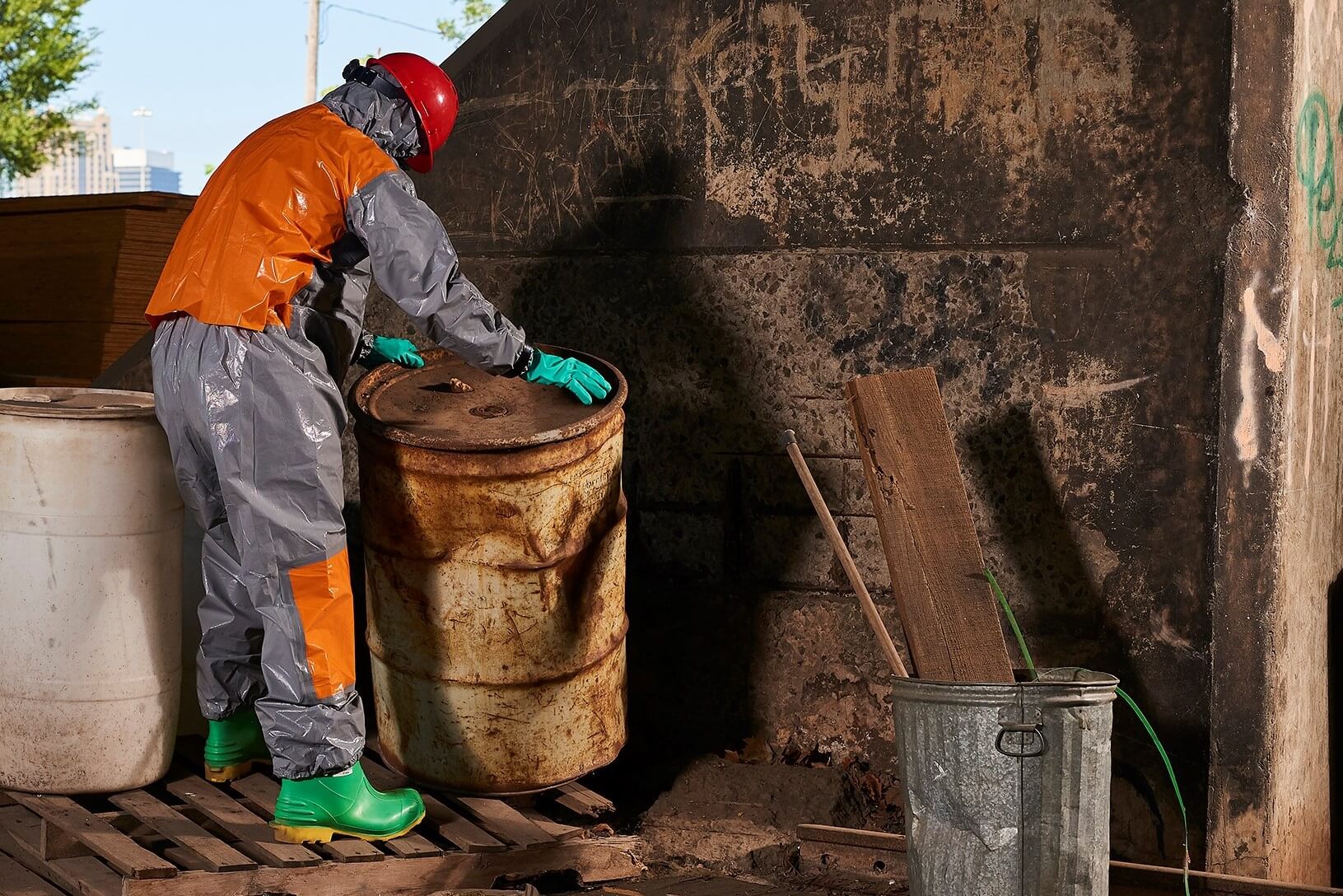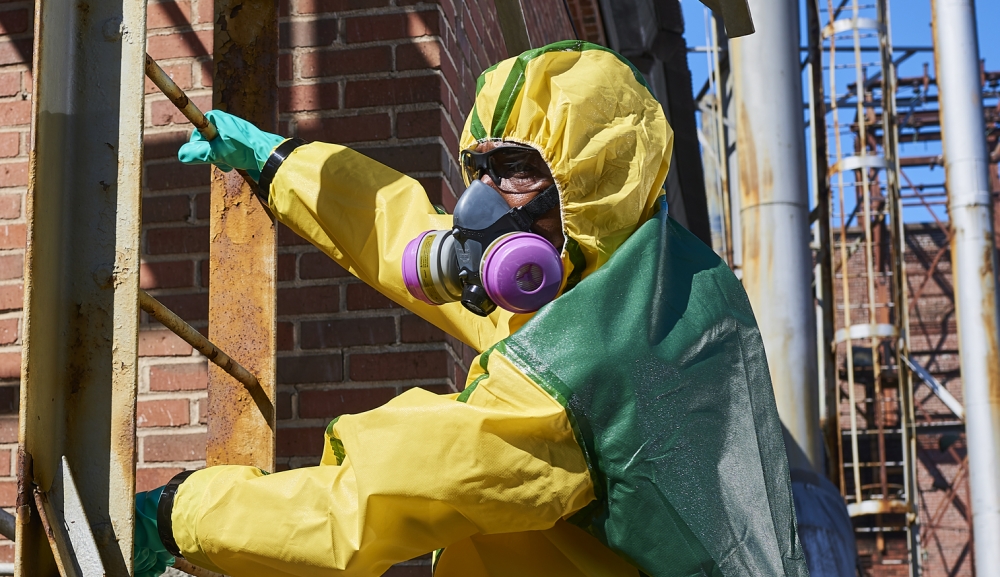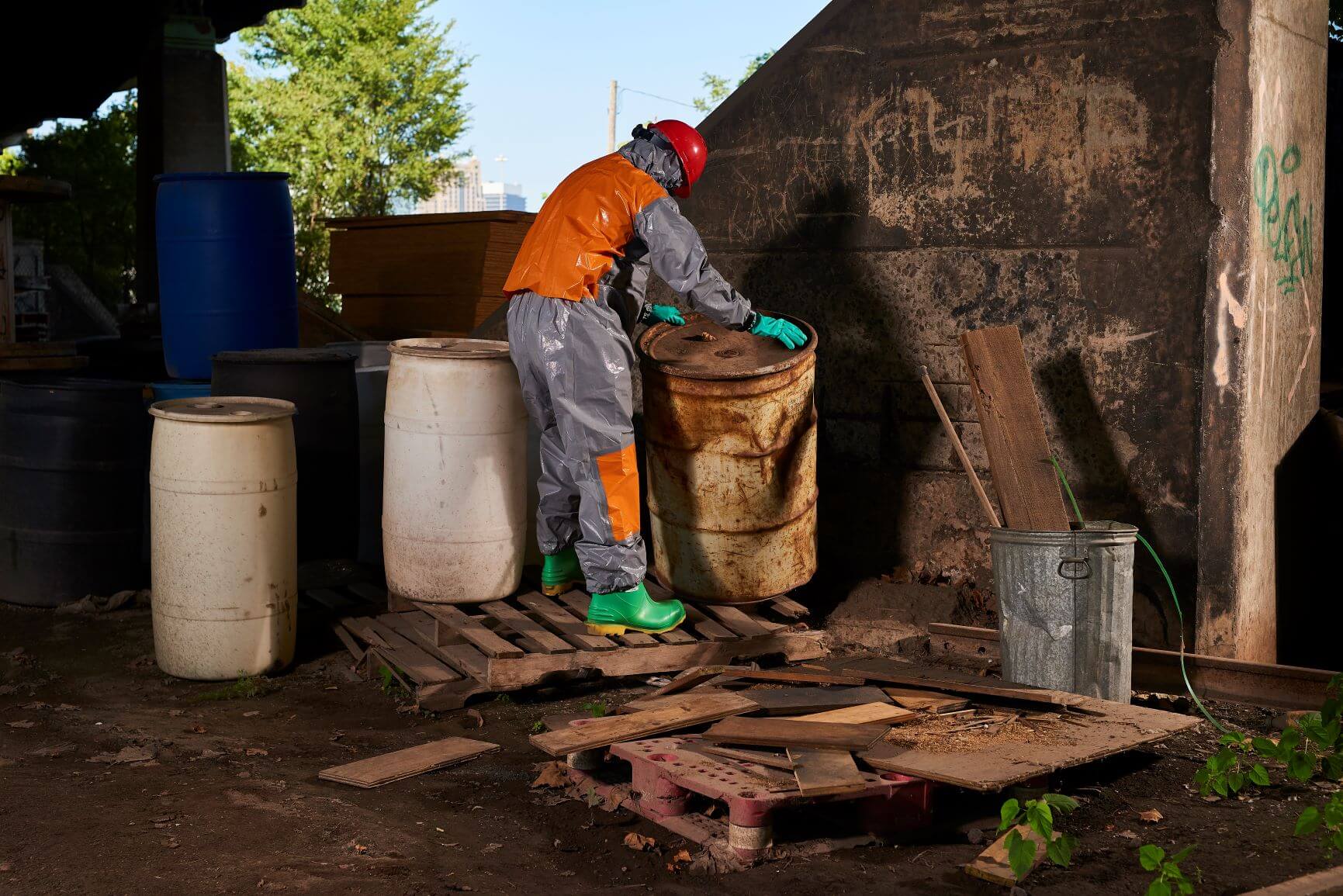While there are PPE regulations in place to ensure workers are protected against chemicals in harsh and hazardous environments, these standards alone to not provide a complete picture.
To protect your workforce, you need to look beyond the PPE chemical safety regulations to be certain that the garments you use meet the protective requirements for your application.
Using the standards alone is not enough. In this blog, we will outline the limitations of PPE chemical safety regulations and the way these regulations can affect the overall understanding of CE standards and their application.
Minimum performance requirements becoming a benchmark
Approval to a CE standard tells you one thing about an item of PPE: that it has met the minimum performance requirements for the relevant standard under controlled laboratory conditions.
But just meeting the standard is not enough and using the standards in place of a full risk assessment can jeopardize the health and safety of your workers.
For instance, EN 13982 (Type 5 clothing) specifies the minimum requirements for chemical protective clothing resistant to penetration by airborne solid particles. However, few users recognize that like most standards it states that it “specifies the minimum requirements” so a garment may only provide the minimum level of protection.
| “In fact, the Type 5 standards not only states that it defines minimum requirements, its introduction states that some dust protective applications – where dust is highly dangerous or in high concentrations – a much higher level of protection, including a gas-tight suit, might be needed”. How many users of PPE certified to this standard are aware of this?” |
Unfortunately, many assume that because an item of PPE is certified to a chemical safety standard (in this instance, EN 13982), it is therefore suitable for all the applications to which it is relevant. You need to understand the standards!
In truth, a poorly understood or misinterpreted standard may be a hazard in itself, and as standards become more complex, there is even less likelihood that they will be read and understood correctly by safety managers.
Applications vary enormously, and the ‘minimum’ protection is often not enough
The CE tests themselves have a number of limitations, particularly as they are conducted in controlled laboratory conditions. For any environment other than the “controlled laboratory”, the level of protection afforded may be drastically different.
To add further complication, the tests themselves are not as repeatable or as accurate as we would like to think: the CE standard might outline the testing process, but there may be differences in the detail of how those tests are carried out by testing houses and minor variations in conditions not addressed by test standards (e.g. atmospheric pressure on the day, variations in wearer sizes).
For example, a crawl test – in which the wearer crawls along the floor whilst wearing PPE – might be completed using different materials, one testing house might use carpet whilst the other uses ceramic tile. The carpet would result in abrasion on the knees, compromising the garment, whereas the tile is smooth and there would be no damage to the garment.
While both testing houses may conduct the same test, the results can be vastly different.
Ultimately, using the standards to determine if an item of PPE is suitable for your application just doesn’t work across the board.
| It is for this reason that manufacturers’ User Instructions for PPE invariably include a line such as “It is always the users’ final responsibility to ensure PPE is suitable for their specific application”. Simply because neither the manufacturer nor the relevant standard can possibly anticipate all the circumstances and environmental conditions in which their PPE might be used. |
The key point is therefore, make sure you conduct a PPE risk assessment to identify specific needs. Look beyond the standards and chemical safety regulations.
Addressing multiple risks
Finally, the last issue with CE standards is that they work in isolation and treat risks as unique, but in the real world, applications often deal with two or more risks at the same time.
Separate standards address chemical protection, heat hazards, fall protection, hearing protection and so on – but workers often experience many of these at the same time.
To mitigate this, most safety managers acquire different items of PPE to extend protection to other parts of the body or to provide different types of protection to the same parts of the body.
Its not an easy task and often different items of PPE working together can compromise the suits overall protective capability – for example, wearing standard chemical suits over flame retardant (FR) workwear. This creates a hazard because standard chemical suits are made of thermoplastic polymers and when they come into contact with flames, they will ignite, burn and drip molten debris onto the FR workwear beneath.
Other examples include wearing both a safety helmet and a coverall hood together… does this work? Does the hood go over the helmet or vice-versa? And how do you ensure a seal between chemical suit sleeves and gloves?
To recap, before selecting chemical suits for your workers ask yourself:
1. Have you completed a risk assessment?
The standards establish minimum performance requirements and should not be used as a single benchmark for any kind of PPE selection.
2. Have you considered multi-hazard environments?
As the tests for CE approved garments are conducted in isolation and against hazards in a sequential fashion, you cannot assume that the protection they offer will be suitable for your multi-hazard work environment.
3. Have you read between the lines of the regulation?
You need to look beyond the standards and chemical safety regulations and understand the detail of what the standard is actually telling you to make the right PPE selection.




